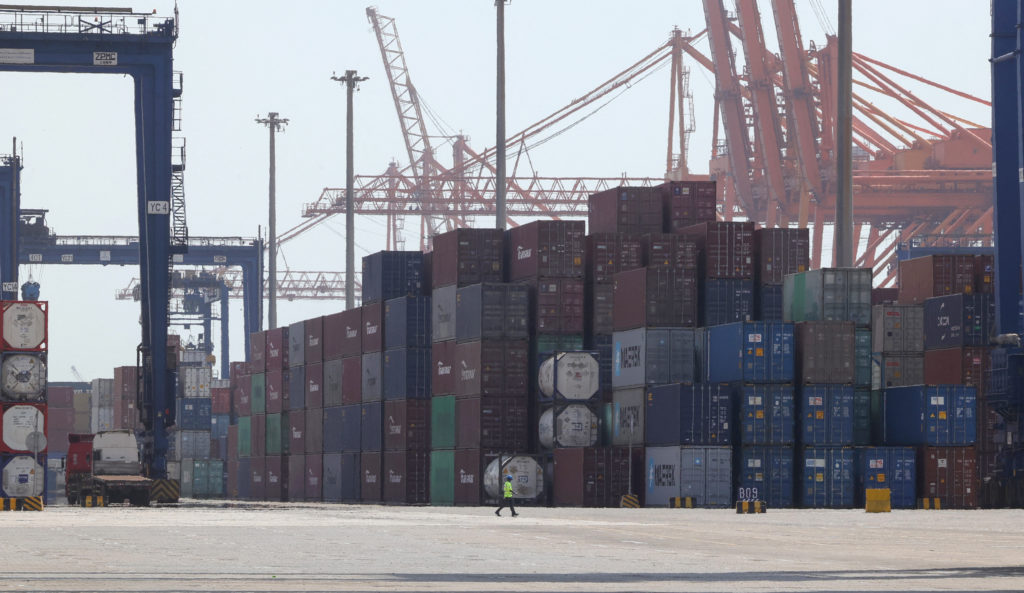São Paulo – Saudi Arabia has launched the National Transport and Logistics Strategy – which will be one of the aspects for the 2030 Saudi Vision. The plan contributes to enhancing the transport and logistics services sector, boosting connection with the global economy, and aims at making the country a global logistics hub.
Saudi Arabia’s state news agency SPA reported that, with a strategic location overlooking the Arabian Gulf and Red Sea, the country is a big connection between the three continents of Asia, Europe and Africa and a main transport hub for the land, air and sea commercial routes.
The strategy aims at increasing the contribution of the transport and logistics services sector to 10% of the GDP up from its current rate of 6%, in addition to put the Kingdom among the top 35 countries on the cross-border commerce index, and to become among the top 6 countries in the quality of roads, and ship more than 4.5 million tons through air annually, as well as increasing destinations to over 250 international destinations.
The Kingdom of Saudi Arabia has 13 ports on the Arabian Gulf and Red Sea, where 13% of the global trade pass through them, and these ports contribute to the access of 70% of the Kingdom of Saudi Arabia’s imports and 95% of its exports through 291 docks.
Saudi Ports Authority (Mawani) CEO Omar Al-Hariri, speaking to SPA, said that the institution has endorsed the new corporate strategy in a way that supports commerce and economic development in the Kingdom, noting that the attractiveness and status of Saudi ports have led the country to become the fifth quickest country in the world in dealing with container ships.
As a result of the support to the ports sector, the size of handling tons of goods during the first quarter of 2022 increased by 7.18, where the number of shipped containers increased by 5.91%, when compared with the same period of 2021. Saudi ports also recorded hikes in several other operational indicators, such as the increase in the number of cars by 12.85%, the increase of passengers by 61.7%, and an increase in the number of ships by 0.28%.
Translated by Guilherme Miranda




